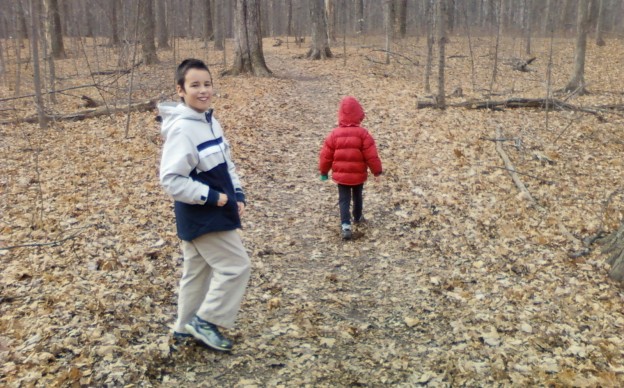
15 Autumn Activities To Meet Your Child's Developmental Goals
The cooler temperatures and changing colors of autumn provide many opportunities for developing new skills in speech, movement, sensory integration and cognition. Here are 15 traditional fall activities to help kids with and without special needs achieve their developmental goals.
1. Apple picking
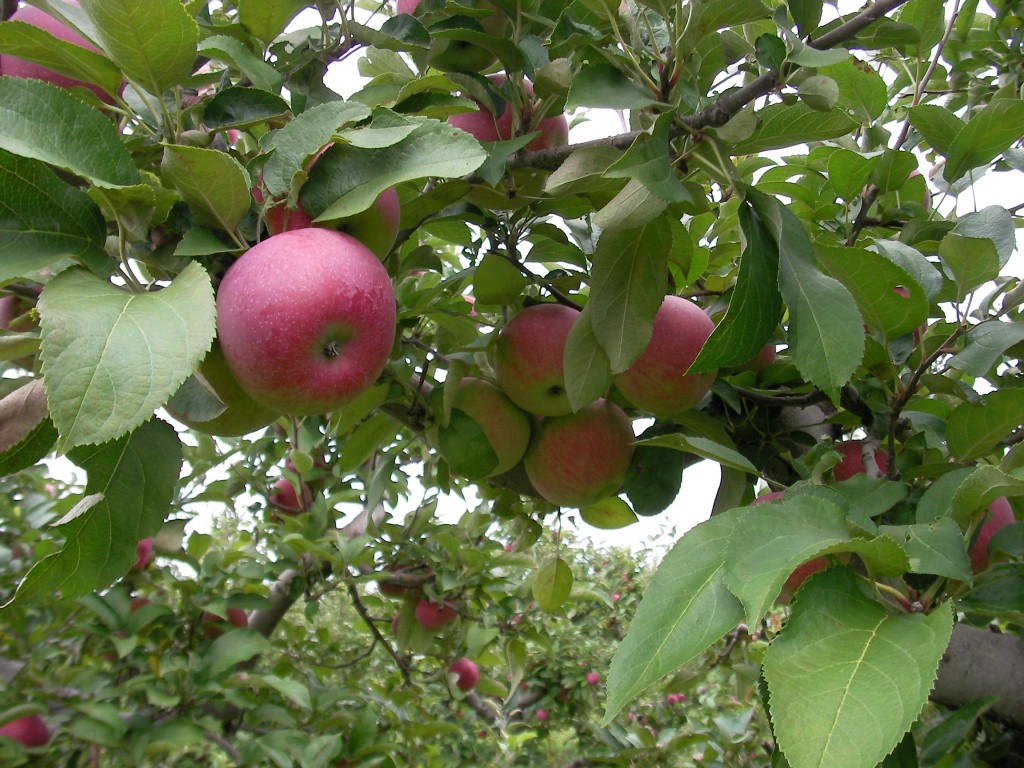 One of my family’s beloved traditions is a trip to the apple orchard and cider mill on the day before school starts. As toddlers, I used the farm setting to practice vocabulary words like red, green, goat and barn.
One of my family’s beloved traditions is a trip to the apple orchard and cider mill on the day before school starts. As toddlers, I used the farm setting to practice vocabulary words like red, green, goat and barn.
Apple picking requires a gentle touch to avoid bruising the fruit. The ripe fruit comes off the branch with the gentlest tug, while the unripe fruit is not easily removed - the practice of picking fruit helped my children learn about deliberate, controlled movements.
Snack time at the cider mill was an opportunity for feeding therapy, too - after seeing so many apples, my kids were determined to eat an apple with the skin on.
2. Apple Brown Betty
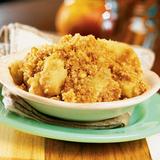 Cooking is an essential life skill. Apple Brown Betty uses those ingredients from the trip to the apple orchard, and is much quicker and easier to make than a pie. Making a recipe together is an excellent way to practice speech and creative problem-solving, learn about measuring and engage the senses - after all, sensory integration begins in the kitchen! Here is a kosher pareve recipe with lots of wonderful-smelling ingredients like cinnamon and orange zest.
Cooking is an essential life skill. Apple Brown Betty uses those ingredients from the trip to the apple orchard, and is much quicker and easier to make than a pie. Making a recipe together is an excellent way to practice speech and creative problem-solving, learn about measuring and engage the senses - after all, sensory integration begins in the kitchen! Here is a kosher pareve recipe with lots of wonderful-smelling ingredients like cinnamon and orange zest.
3. Nature walk
The most glorious thing about the autumn is the range of color. Pick a crisp, sunny day to go for a walk in a park where the leaves will crunch under your feet. Jumping, stomping and rolling on leaves are the fun way to practice gross motor skills.
4. Leaf imprints
 Bring home a handful of leaves for craft projects to exercise fine motor skills:
Bring home a handful of leaves for craft projects to exercise fine motor skills:
- Press a leaf under a sheet of paper and roll crayons over it to make a leaf impression
- Dip one side of a leaf in paint or washable ink to make stamps of the leaf shape
- Press some colorful leaves between two sheets of clear contact paper, use a hole puncher to make a hole in one corner, and hang it up in a window.
5. Make a nature table
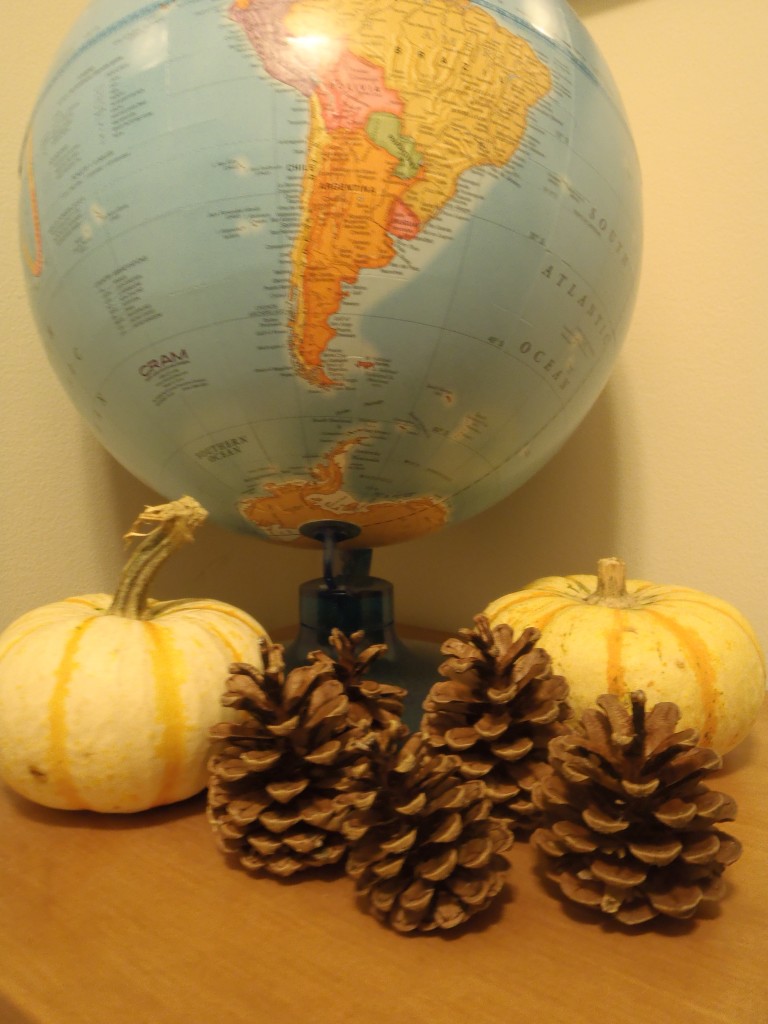 Bring home some pine cones, acorns, small rocks, leaves and other objects from your nature walk to make a nature table or table centerpiece. Encourage everyone to take turns handling the items. Having this physical indoor reminder of the season will engage the senses, stimulate conversation and preserve the memory of the experience.
Bring home some pine cones, acorns, small rocks, leaves and other objects from your nature walk to make a nature table or table centerpiece. Encourage everyone to take turns handling the items. Having this physical indoor reminder of the season will engage the senses, stimulate conversation and preserve the memory of the experience.
6. Test moisturizers
‘Tis the season for eczema and chapped skin. A rainy day activity for sensory integration is to test out moisturizers and oils on the hands, arms and legs. Figure out which one you like best for the dry months ahead.
7. Plant bulbs
Autumn is the best time to plant most types of bulbs. Gardening is a multi-sensory experience that tests fine motor and cognitive skills. It also teaches patience as we wait all winter to see our beautiful flowers bloom!
8. Pumpkin picking/hayride
October is the time to go on a hayride to a pumpkin patch. The bumpy ride tests balance and coordination - and stretches the ability to adapt.
9. Corn maze
Most of the pumpkin patches in our area also have a corn maze. A life-size labyrinth is a fun way to challenge cognitive skills and learn creative problem-solving.
10. Pumpkin decoration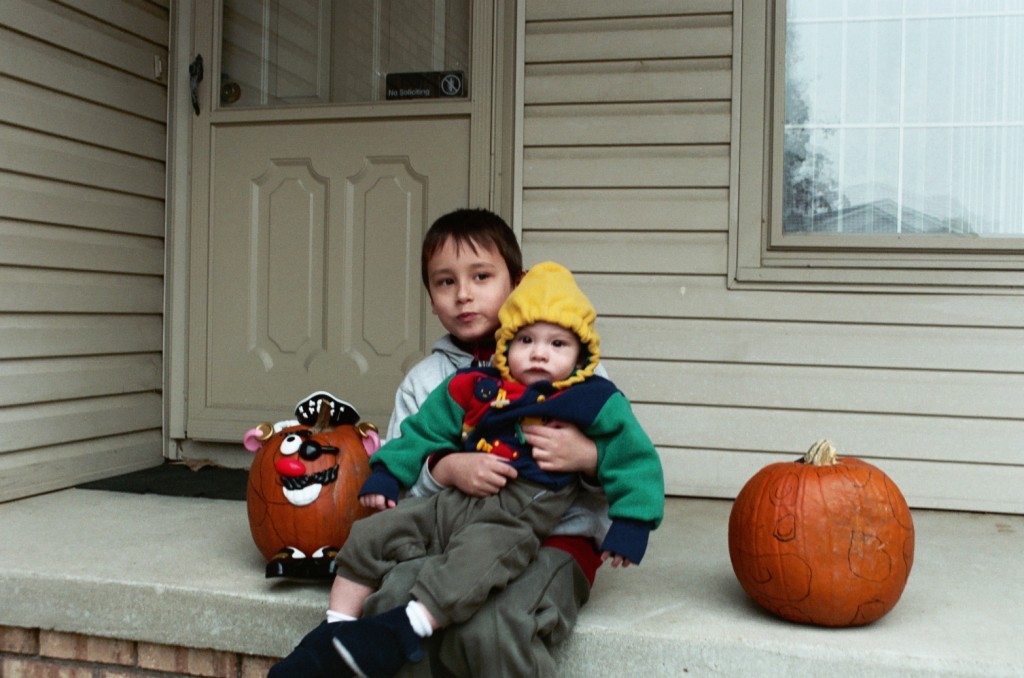
There are several safe ways to decorate pumpkins without knives, and all of these help with fine motor skills and add a creative flourish:
- Use permanent Sharpie markers to draw faces and funny pictures on the pumpkin
- Use gorilla glue to stick puff-balls and ribbons on the pumpkin
- Cover it with stickers
- Stick golf tees into the pumpkin to make a pattern or picture
- Make it a Mr. Potato Head pumpkin - ours is a Mr. Potato Head pirate
11. Yard clean-up
Heavy work is recommended by occupational therapists for anyone with fine motor delay, sensory issues or low muscle tone. So start raking leaves, trimming back the perennials and hauling the yard waste out to the curb. If you don’t have a yard, volunteer to help clean up the landscaping at your local school or recreation center. Don’t forget to jump in the leaves before you bag them!
12. Sort winter clothes
Categorizing objects or ideas is a cognitive process that is integral to learning. As the weather changes, sort through a closet together to put away the summer clothing and get out the winter clothing. Put aside the outgrown items - carrying a big bag of clothes also counts as heavy work.
13. Change bedding
Now that your sweaters and turtlenecks are organized, find the warm blankets and flannel sheets. Warm up the muscles around the shoulders by changing the sheets on every bed in the house - it’s a cognitive and fine motor exercise. Make it a gross motor activity as well by allowing jumping on the bed.
14. Home maintenance
There are plenty of little jobs that need to be done around the time of the first frost, and every job is an opportunity for new vocabulary and life skills:
- Set up the humidifier
- Winterize the sprinkler system
- Remove window screens and install the storm windows
- Check the outside of the house for signs of burrowing animals
- Replace the furnace filter and check the furnace
15. Bonfire and stargazing 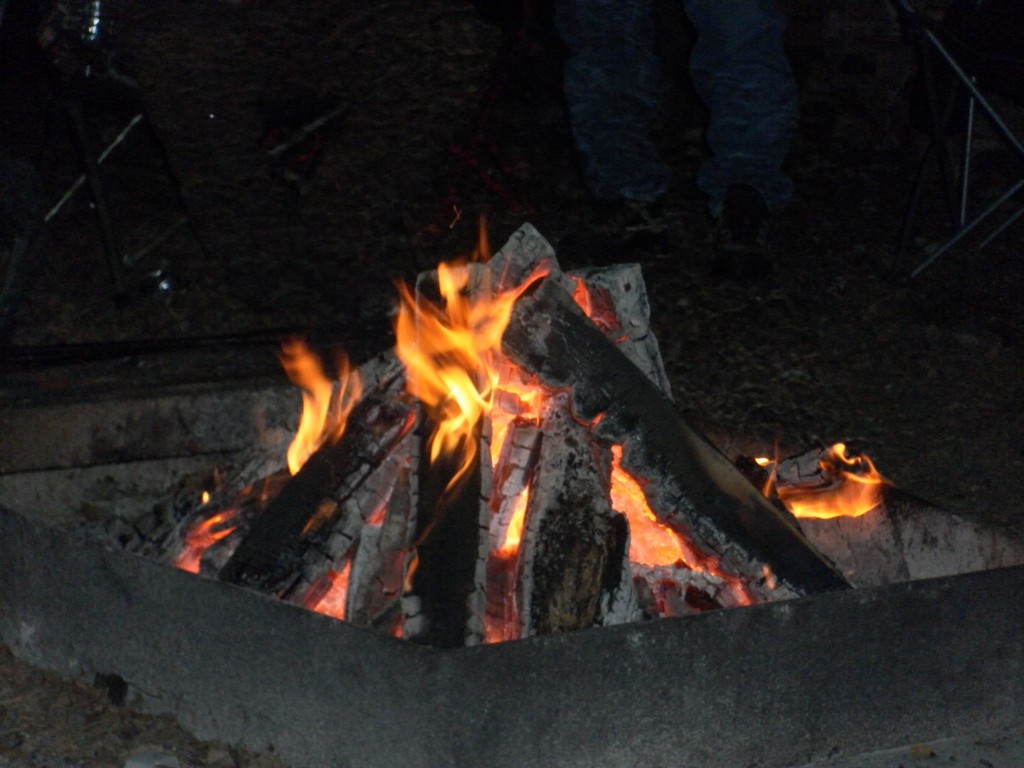
Since it gets dark earlier in the fall, we can have a bonfire or go out for stargazing before our usual bedtime. The chill of the air and the heat of the fire create a unique sensory experience. The moon and stars get questions rolling - it’s the most talkative time of the day!
What are your favorite fall activities?


